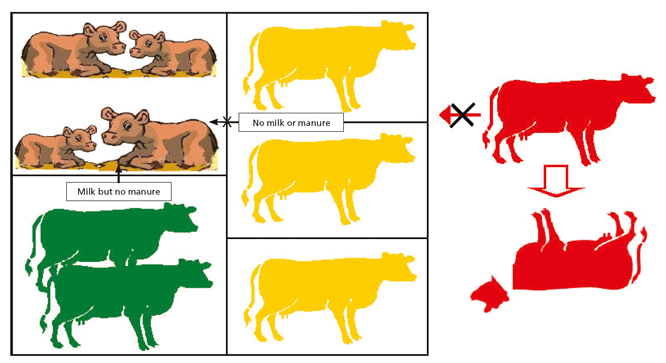New thinking on Johne’s and Getting the best from your JD review – AHDB Dairy

Dr. Peter Orpin offers a webinar (published June 27, 2019) discussing how veterinarians and farmers can work together effectively to reduce the prevalence of Johne’s disease in their dairy herds using structured risk assessments, farm walks and 100% engagement in Johne’s disease control using UK’s National Johne’s Management Plan.
During this webinar Dr. Orpin, a veterinary practitioner in Leicestershire and one of the key experts involved in developing the control strategies for Action Johne’s covers:
- a review of the risks of transmissions and new thinking on disease progression within infected herds,
- advice on how we can effectively manage and create a clear plan of action for infected cows and
- how to generate a “green calving line and green calf line” to produce healthy productive low-risk JD replacements.
The control of Johne’s Disease is a real challenge but one that can be tackled. The majority of dairy farms in Great Britain are now part of the National Johne’s Management Plan and have adopted one of the 6 strategies for dealing with Johne’s disease recommended by the Action Group of Johne’s.
You can access this one hour long webinar on You Tube (the first 40 minutes are a presentation and the remainder is Q&A).
Explanatory note: The UK program adopts the Danish system of classify cows based on ELISA testing of milk samples for antibody to MAP and the color code animals based on the results: “Red” cows are those that tested positive on the last 2 milk ELISAs, “Yellow” cows have fluctuating milk ELISA results, and “Green” cows are consistently negative by milk ELISA. The Red cows are considered in the most advanced stage of Johne’s disease and the most infectious, i.e. highest risk of spreading the infection on the farm.

Comment: The webinar is particularly good at describing why Johne’s disease control programs on dairy farms fail.